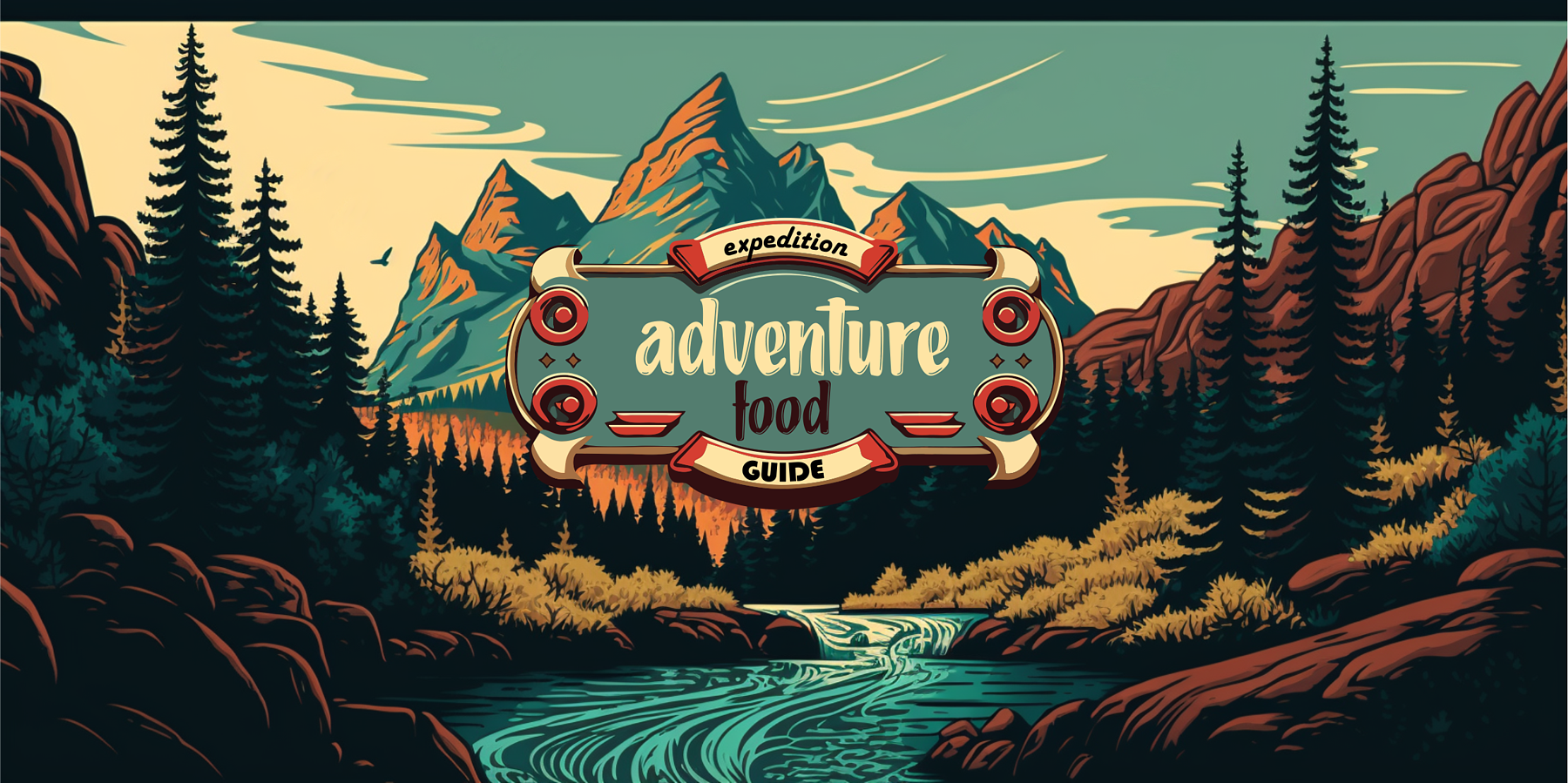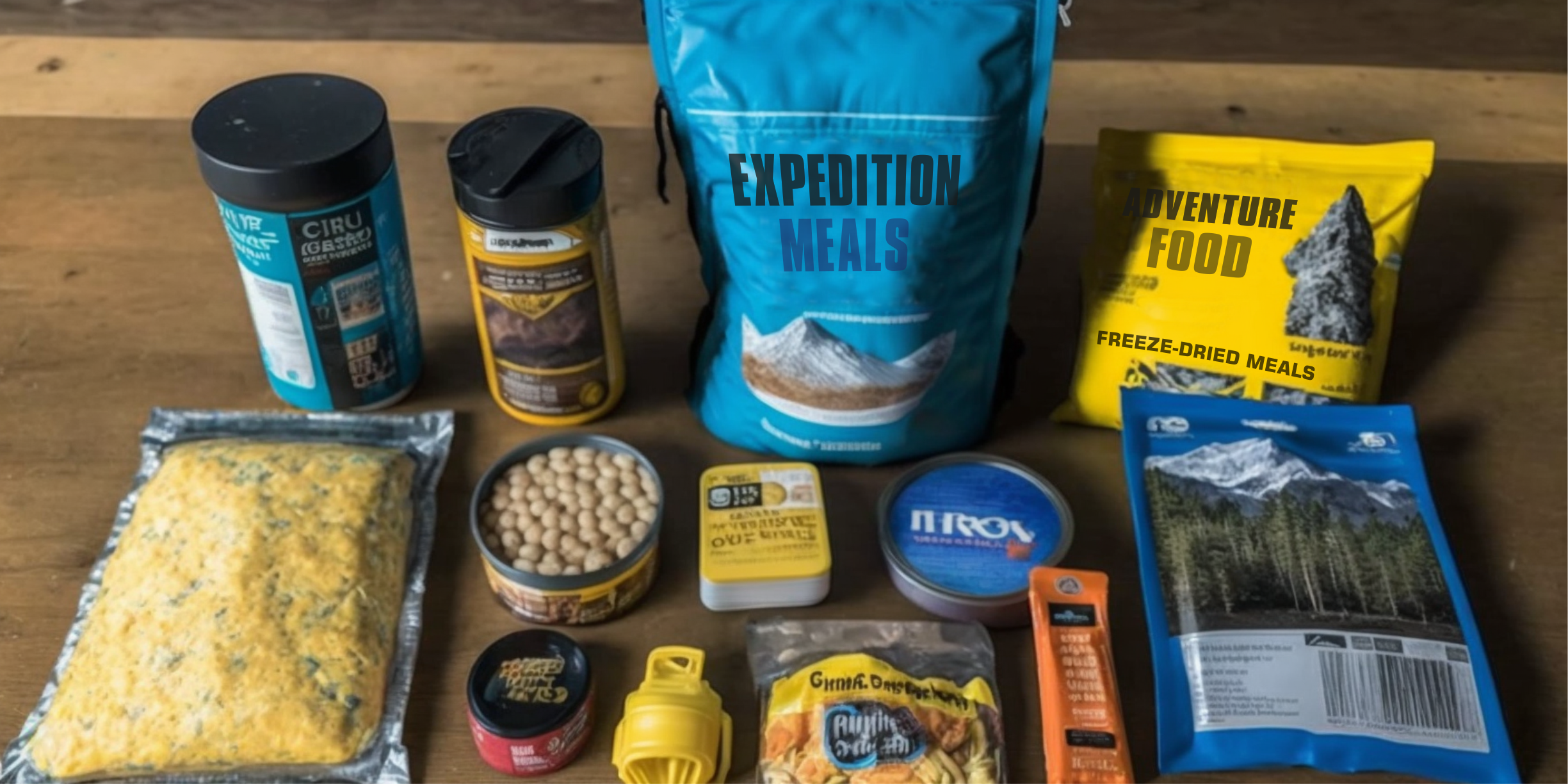
Accessing Clean & Safe Drinking Water
Accessing Clean & Safe Drinking Water
Access to clean drinking water is a crucial consideration for anyone who is planning a hiking or expedition trip in the UK. Safe drinking water is essential to stay healthy and hydrated while on the move, and it is important to know how to access clean drinking water in the wild. In this article, we will explore the various ways to access clean drinking water while out hiking or on an expedition.
According to a study by the European Centre for Disease Prevention and Control, contaminated water is a leading cause of travel-related illnesses, including diarrhoea and other gastrointestinal illnesses. In addition, drinking untreated water can also lead to serious infections, such as giardiasis, cryptosporidiosis, and cholera (ECDC, 2015).
- Natural sources of water
One of the most obvious ways to access clean drinking water while on a hiking or expedition trip is to use natural sources of water, such as streams, rivers, and lakes. However, it is important to remember that not all natural sources of water are safe to drink. Contaminants such as bacteria, viruses, and parasites can be present in natural sources of water, even in seemingly clear water. As such, it is important to treat any natural source of water before drinking it.
To treat natural sources of water, there are several options:
-
Boiling: Boiling water for at least one minute will kill most microorganisms, making it safe to drink. This method requires a stove or fire to heat the water, and can take time to cool the water down before drinking. According to the World Health Organization, boiling water for at least one minute is a reliable method of killing most microorganisms, making it safe to drink (WHO, 2019).
-
Water Filters: Water filters are designed to remove contaminants from water, making it safe to drink. There are various types of water filters available, including gravity filters, hand pump filters, and straw filters. According to a study by the University of California, Berkeley, water filters can effectively remove bacteria, viruses, and protozoa from water, reducing the risk of illness (Bain, 2012).
-
Water Purification Tablets: Water purification tablets contain chemicals such as chlorine or iodine that can kill microorganisms in water. This method is quick and easy, but it can leave a chemical taste in the water.
- Water Refilling Stations
Another way to access clean drinking water while on a hiking or expedition trip is to use water refilling stations. Some hiking trails and campsites in the UK have water refilling stations, where hikers and campers can fill up their water bottles with clean, treated water. These water refilling stations are often connected to a filtration or purification system, ensuring that the water is safe to drink.
- Bring your own water
If you prefer to avoid natural sources of water and water refilling stations altogether, another option is to bring your own clean drinking water. This can be done by carrying a reusable water bottle or hydration pack, filled with clean water before setting out. In addition, you can also bring water purification tablets or a water filter to treat water that you collect along the way.
It's important to note that the amount of water you need to bring or collect will depend on the length of your trip, the weather conditions, and the intensity of your activity. As a general rule, it is recommended to drink at least 2 litres of water per day while hiking or on an expedition, and to carry enough water to last for the duration of your trip.
- Commercial water sources
Finally, if you're on a long expedition, you may want to consider commercial water sources. These can include bottled water or water pouches, which can be purchased at outdoor stores or online. While these sources can be expensive and create more waste, they can provide a reliable source of clean drinking water for longer trips.
In conclusion, accessing clean drinking water while out hiking or on an expedition in the UK requires careful planning and preparation. Natural sources of water can be a convenient option, but it is important to treat the water before drinking. Water refilling stations, bringing your own water, and commercial water sources are other options to consider. Whatever method you choose, staying hydrated is crucial for your health and wellbeing during any outdoor activity.
Suggested Articles
50 Survival Knives: A Comparison Table
There are many different survival knives available, with different attributes, advantages, limitations and price poin...
What to Eat When Hiking or Camping: A Guide to Adventure Food
Introduction: The Importance of Adventure Food Whether you're hiking, camping, or embarking on any other outdoor adve...
How to Plan Nutritious and Delicious Meals for Multi-Day Expeditions
Embarking on a multi-day expedition requires a lot of physical effort, and proper nutrition is key to ensure that you...




